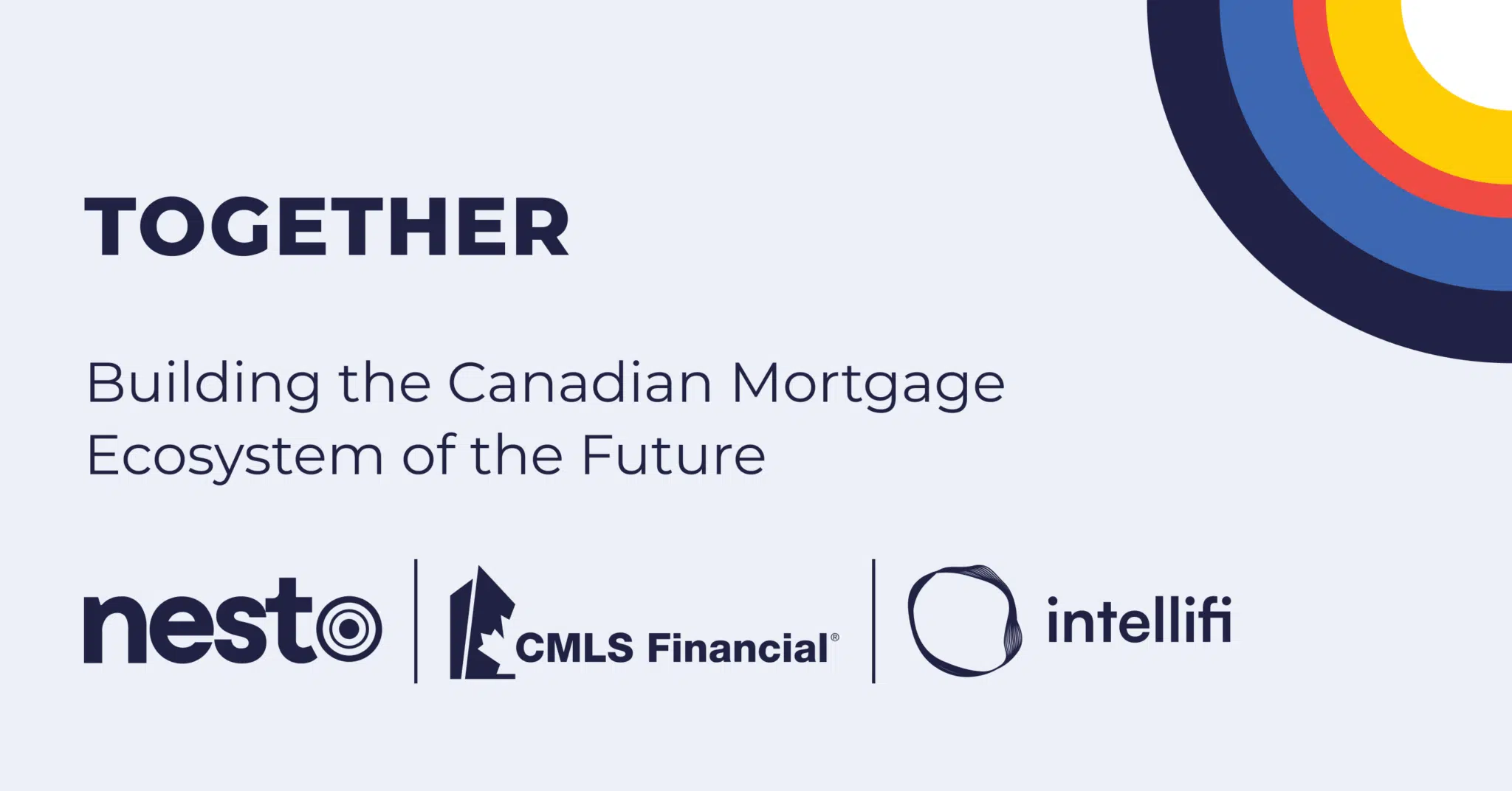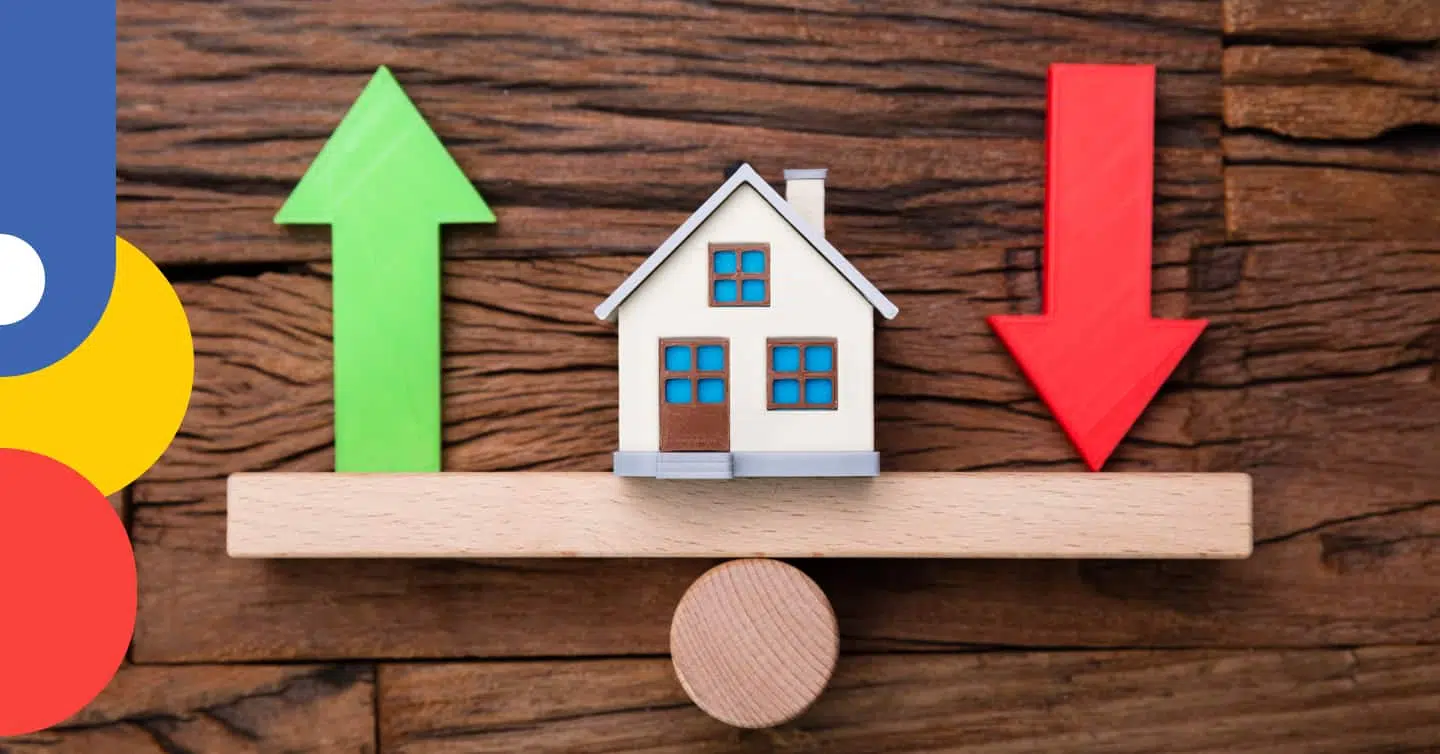How To Create a Tax-Deductible Mortgage Strategy

Table of contents
As a Canadian homeowner, understanding the intricacies of tax law and ways to maximize your financial benefits by optimizing tax deductions is important. One notable difference between the Canadian and American tax systems is the treatment of mortgage interest.
Canadian homeowners cannot deduct their mortgage interest on a primary residence. However, if the mortgaged property is used as a rental, to operate a business, or to generate income, a few strategies allow you to deduct it. This will effectively help you increase assets, decrease debts, and boost cash flow simultaneously.
This post will explore the steps to creating a tax-deductible mortgage strategy, its benefits, and the risks involved.
Key Takeaways
- Mortgage interest on a principal residence is not tax deductible in Canada.
- You can create ways to offset mortgage interest paid through business income, rental income, and utilizing the equity in your home for investment purposes.
- If you adopt any of these strategies, seek professional financial and tax advice to ensure you fully understand the risks and benefits.
How to Create A Tax-Deductible Mortgage Strategy
A tax-deductible mortgage strategy allows Canadian homeowners to deduct the interest paid on their mortgages. In Canada, unless you operate a business or rent out a portion of the home to tenants, you cannot claim mortgage interest as a tax deduction on a primary residence.
One workaround called the Smith Manoeuvre is quite complicated and won’t actually allow you to claim the interest paid on your mortgage as tax deductions. It will, however, allow you to invest in interest-deductible investments using the equity in your home that you can use to offset some of the interest costs on your mortgage. You can also use the proceeds earned from these investments to pay down your mortgage principal to offset interest-carrying costs.
Borrowing Against Your Mortgage to Build an Income-Generating Portfolio
To implement this tax-deductible mortgage strategy, start by borrowing against your home equity. This can be done through a home equity line of credit (HELOC) or by refinancing your mortgage. By accessing the equity in your home, you can obtain funds at a lower interest rate than unsecured loans.
With each mortgage payment you make, you can borrow against the equity you have freed up in your home. The next step is to use the borrowed funds to build a tax-deductible income-generating portfolio. This portfolio should include dividend-paying equities in non-registered accounts because the interest payments on loans taken out for investing purposes are tax deductible in Canada. Using this strategy, you can convert the non-tax deductible debt (mortgage) into a tax-deductible debt.
The key is to choose investments that generate regular income, which can also be used to cover mortgage payments and loan repayments and to pay down more of your mortgage faster. This strategy is known as the Smith Manoeuvre, and the key here is to have the investments you select generate a higher percentage in returns than the percentage you pay in interest on your mortgage and loans used for investing.
It’s important to note that this strategy is risky and can result in losses.
Rental Income
If you rent out your home entirely instead of using it as a primary residence, all rental expenses, including mortgage interest paid, are tax-deductible from the rental income you report on a T776 Statement of Real Estate Rentals. This tax form is for rental property owners to report rental income and offset that income with the expenses incurred for the property for income tax purposes.
If you maintain the home as a primary residence and choose to rent out a room or your basement, you can still claim a portion of the expenses, including mortgage interest, on your income tax return. However, you can only claim the expenses related to the portion of the home that is being rented out. For example, if you rent out a room that accounts for 10% of your total living space, you can only deduct 10% of expenses, including mortgage interest, when claiming those expenses on income tax.
Another valuable strategy for rental income is to use that income to pay down more than your mortgage principal, which can help you reduce the outstanding mortgage balance and decrease the amount paid toward interest over the life of the mortgage. However, this strategy will reduce the interest you can claim towards tax deductions on the following year’s taxes.
Business and Home Expenses
If you use a portion of your home for business or professional purposes, you can claim a portion of the expenses relating to the business, including mortgage interest, on a T2125 Statement of Business or Professional Activities form. This strategy won’t allow you to use the full mortgage interest you pay, but it is still a great strategy to offset business or professional income.
Monitoring and Adjusting Your Strategy
As with any financial strategy, it is essential to monitor and adjust your tax-deductible mortgage plan regularly. Keep track of your investment portfolio’s performance, review your mortgage repayment progress, reassess your overall financial goals periodically and adjust when needed to increase the chances of these strategies paying off. Consult a professional financial planner to ensure your strategy aligns with your specific circumstances and long-term objectives.
Benefits of the Tax-Deductible Mortgage Strategy In Canada
Having a tax-deductible mortgage strategy offers several benefits for Canadian homeowners:
1. Increased Net Worth
By implementing these strategies, you can increase your net worth over time. As you repay your mortgage principal using the income from either investments or rental income, the equity in your home grows, and your investment portfolio also appreciates. This dual growth contributes to a higher net worth and greater financial stability.
2. Faster Mortgage Repayment
A tax-deductible mortgage strategy allows you to become mortgage-free faster if you use the rental income or income generated from investing to make additional payments towards your mortgage principal. This can expedite the repayment process and significantly reduce the overall interest paid over the life of the mortgage.
3. Cash Flow Optimization
Optimize your cash flow by strategically allocating rental income and income generated from tax deductions to your mortgage. Reducing your mortgage debt and increasing your investment income can free up more funds for other expenses or future investments.
4. Building an Investment Portfolio
One of the key advantages of the tax-deductible mortgage strategy is the opportunity to build an income-generating investment portfolio. You can enter the investing world by leveraging your home equity and generating additional income streams. This diversification can provide long-term financial security and wealth accumulation.
Risks and Considerations When Creating A Tax Deductible Mortgage Strategy
While a tax-deductible mortgage strategy can offer significant financial benefits, it is essential to consider the associated risks to which this strategy could expose you.
1. Market Volatility
Investing in the stock market carries inherent risks, including market volatility. The value of your investment portfolio can fluctuate, potentially resulting in losses. It is crucial to carefully assess the risks and diversify your investments to mitigate potential losses. It’s equally important to regularly evaluate your investment portfolio and its performance compared to the interest you pay on your mortgage to ensure the strategy pays off.
2. Interest Rate Fluctuations
You are exposed to interest rate fluctuations with a variable mortgage, similar to a home equity line of credit. Changes in mortgage interest rates can impact your monthly mortgage payments and the overall cost of borrowing. Stay informed about market trends and have a strategy to reduce your debts if interest rates are projected to rise.
3. Psychological Impact
Borrowing against your home equity and investing in income-generating assets can have psychological implications. It is essential to be comfortable taking on additional debt and managing the potential risks of investing. Consult a financial advisor to assess your risk tolerance and ensure the strategy aligns with your financial goals.
Frequently Asked Questions
Is mortgage interest tax deductible if I rent out my home?
Yes, you can claim mortgage interest paid to offset any rental income at tax time. If the property is used fully as a rental, you can deduct all of the mortgage interest paid. If you use the residence as your primary residence and rent out a portion of the total space, you can only claim the percentage as a portion rented out.
If I’m self-employed, can I claim mortgage interest on income tax?
Yes, if you are self-employed, you can claim the portion of mortgage interest you pay on your office space. You can do this by calculating the total percentage of the space occupied as a dedicated office or work-from-home space and claiming that percentage of your mortgage interest at tax time.
What risks are involved with the Smith Manoeuvre?
Market risk is one of the main risks of using the Smith Manoeuvre as a tax-deductible strategy. If the money you are borrowing using the equity (ROE) in your home has a higher interest rate than your investment returns (ROI), you could be operating at a loss rather than cash flow positive. Borrowing against your primary residence exposes you to market and interest rate risk if Canada’s housing market experiences a downturn.
Final Thoughts: Creating a Tax Deductible Mortgage
Creating a tax-deductible mortgage strategy offers Canadian homeowners a unique opportunity to optimize their debts and build wealth. By leveraging home equity to invest in interest-deductible assets and strategically managing rental income, homeowners can accelerate their mortgage repayment, increase their net worth, and save on taxes.
However, it is crucial to carefully assess the risks, consult with professionals, and regularly monitor and adjust the strategy to ensure its effectiveness. Reach out to nesto’s mortgage experts to find out how you could borrow to get ahead. Is refinancing your home or mortgage the right choice for you? Find out now.
Ready to get started?
In just a few clicks, you can see our current rates. Then apply for your mortgage online in minutes!















